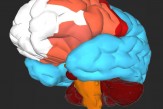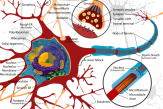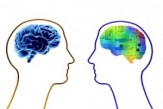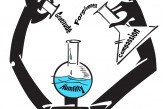What is that number?
Data (Latin: something given) is a quaint term the root meaning of which can have a certain irony to many scientists, for whom the act of getting it is like mining coal with bare hands. Even mathematics, once a quiet pursuit content with paper, pencil and waste basket now uses vast computing engines in the petaflop range. The provenance of raw data has spread to experimental mathematics. Do you want to know what 62643383279502884197 might be? Using a search engine which happens to access a database of mathematical constants, you could quickly find that it is 20 places of the decimal expansion of pi starting at the 20th place. Take a minute and try an experiment. Cut and paste the number sequence above into Google, or another standard search engine. What do you get? Now go to the On-Line Encyclopedia of Integer Sequences (aka Sloane’s), the first of two sites featured this week, and try the same experiment. The second archive is a focused data set, and it provides you not only the correct answer, but an extensive listing of comments, references, links, formula, Mathematica and Maple programs, cross-references, keywords, authors and extensions. As of November 2011 there were over 200,000 sequences in the catalog.nward!
What is the closed-form expression that, to 20 decimal places, gives 3.1415926535897932385? Almost certainly, your answer is pi. The second featured site, the Inverse Symbolic Calculator 2.0, allows you to find, among the gravel, the nuggets of closed-form expressions.
The point is searching for, and finding, patterns. Computer data bases and search engines extend the landscape of this valuable endeavor to amateurs and even neuroscientists!
Experimental mathematics is less used in consciousness science, but it is a toy box…ah, make that tool box…waiting to be opened.

























